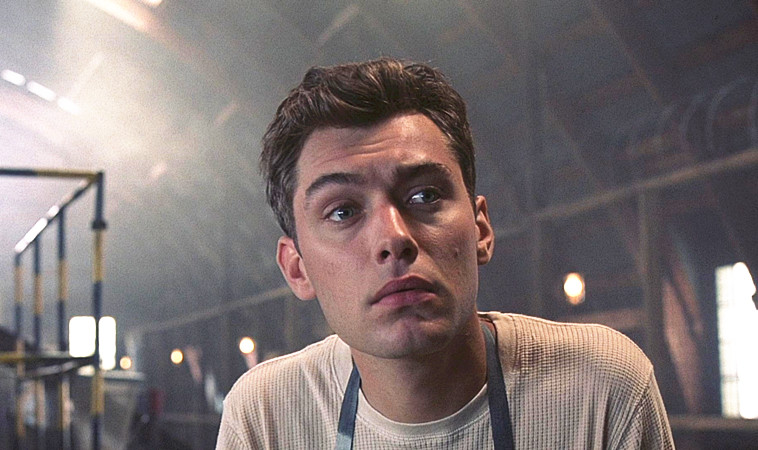
Thrillers are nearly as old as movies themselves. In the silent era of the 19-teens and ‘20s, directors like Fritz Lang placed German audiences into heightened states of suspense, while actor Lon Chaney kept American moviegoers on the edges of their seats. Shortly after sound became standard in the ‘30s, many German directors fled the Nazis to Hollywood, where they became major influences on the Film Noir that developed in the ‘40s and beyond. Alfred Hitchcock, the English “Master of Suspense”, came to California around the same time.
And from the beginning, thrillers split into subgenres: crime thrillers, action thrillers, horror thrillers, sci-fi thrillers, social thrillers, political thrillers, and even romantic thrillers. By the end of the twentieth century, all of them remained popular and blended familiar conventions with the special issues and anxieties of the day. Below are 10 eccentric, exciting thrillers of the 1990s drawn from around the world that show the influence of Hollywood classics and add novel ideas and approaches from their native cultures.
1. Shallow Grave (1994)
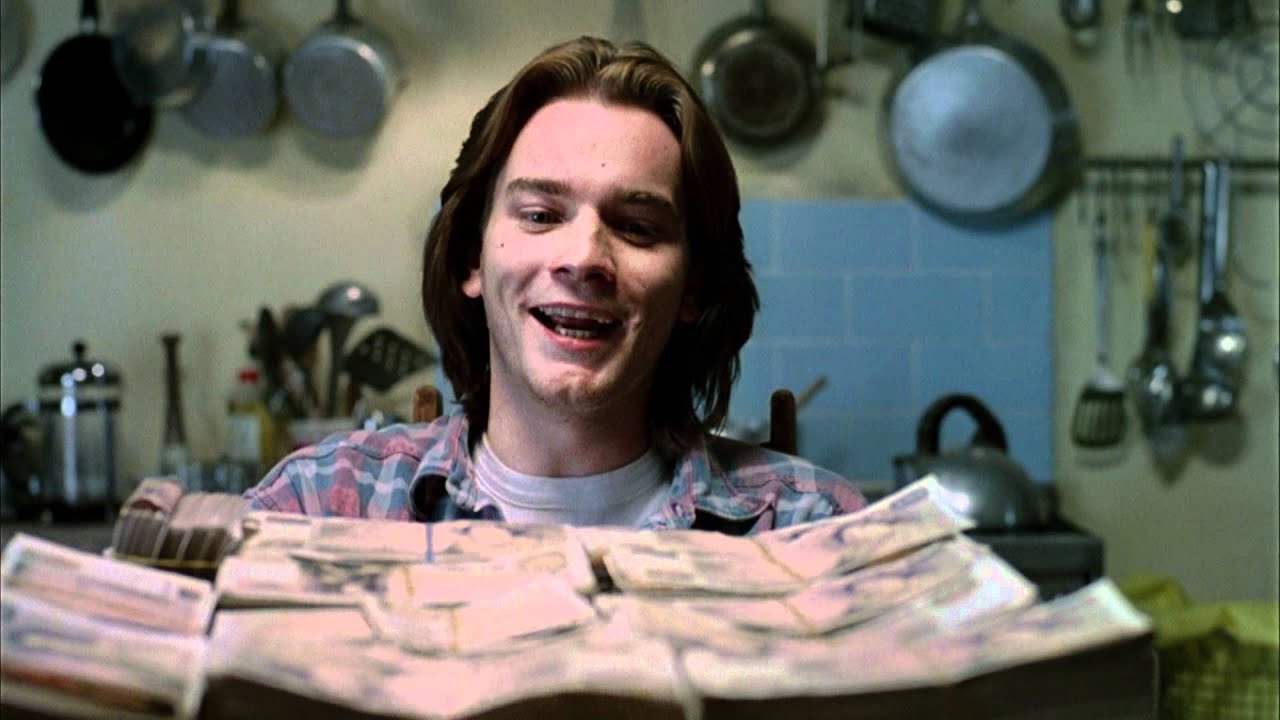
Many Noir pictures of the ‘40s tell stories of ordinary, upstanding citizens who cross the line into crime out of desperation or driven by greed. Director Danny Boyle’s feature debut inserts this premise into the typical ‘90s situation of young professionals living together, but the result is no Friends. After three Edinburgh flatmates, including long-haired Ewan MacGregor, decide to conceal the death of the fourth and keep his large stash of cash, they find themselves beset by suspicious police, a pair of violent thugs, and their own paranoia. The trio’s in-fighting recalls the gold crazed prospectors of John Huston’s The Treasure of Sierra Madre (1948), and MacGregor’s monologue evokes William Holden’s in Billy Wilder’s Sunset Boulevard (1950).
The black humor, soundtrack, and fashions are pure ‘90s, though. Striking visuals like the silhouetted burial scenes and a lighting effect created by a powerdrill driven repeatedly through an attic floor would return in later Boyle films, along with MacGregor. Look askance at your own roommates as you watch Shallow Grave together.
2. Insomnia (1997)
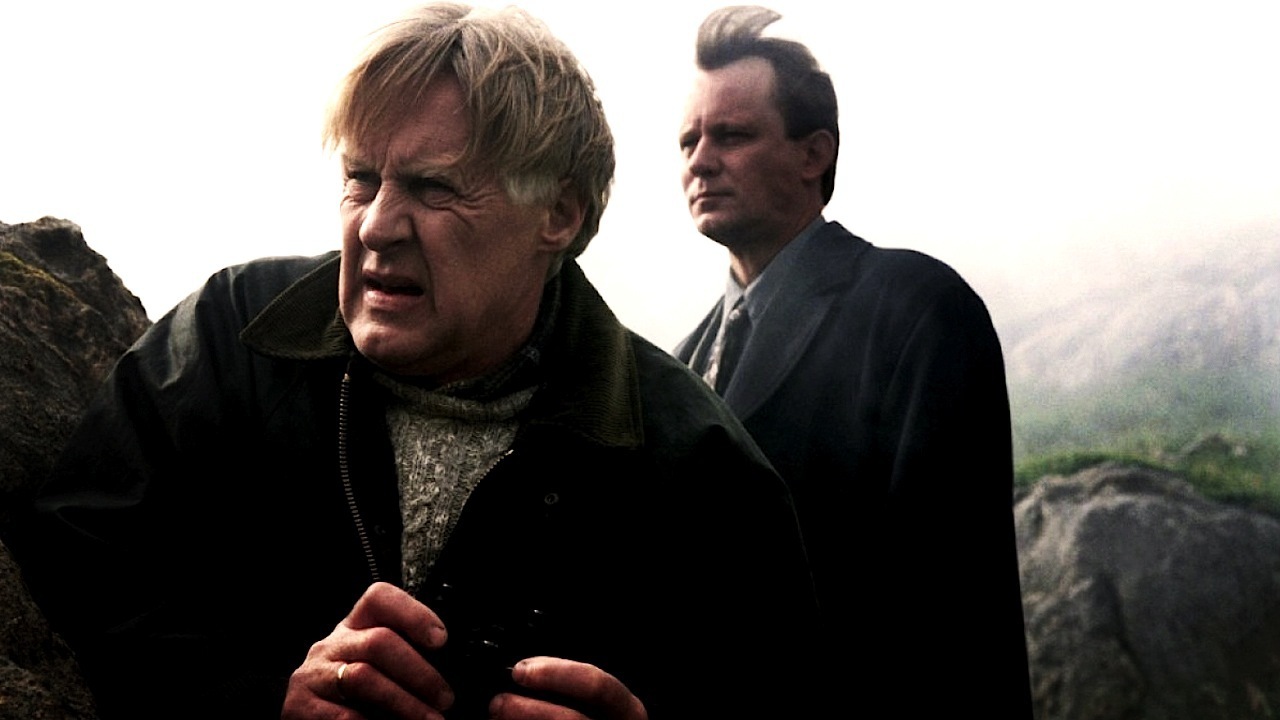
Detective thrillers made up the second type of ‘40s Noir picture, and they gave rise to countless television police procedurals in the decades that followed. Director Erik Skjoldbjærg creates a Blanc rather than a Noir by setting his crime story under the twenty-four hour sunlight of the Norwegian Arctic — relentlessly bright, but without warmth. During the investigation of a local murder, sleep deprivation leads Detective Jonas Engstrom (Stellan Skarsgård) to make a fatal mistake. A double-chase in Hitchcock’s style develops, as Engstrom tries to escape from a trap of his own making and to catch the killer.
Can anyone make a picture as bleak and tormented as crime thrillers of the ‘40s? “Hold my aquavit…” replies Skjolbjærg with Insomnia. Skip Christopher Nolan’s lukewarm, watered-down Hollywood remake of 2002.
3. La Femme Nikita (1990)
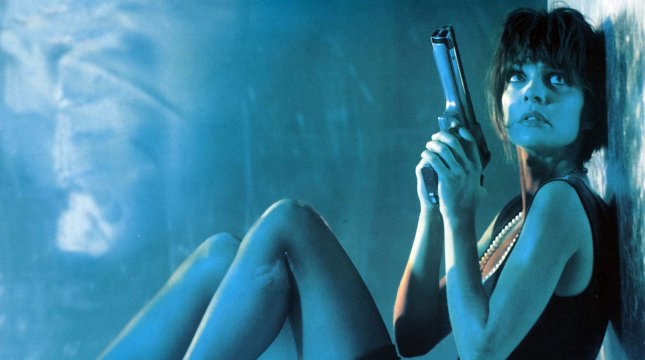
Luc Besson’s spy thriller draws heavily from Hitchcock’s Notorious (1946), in which government agents coerce a vulnerable woman to do the dirtiest work of international espionage. To this premise Besson adds the stylized action of the James Bond films. And like 007, Nikita (Annie Parillaud) struggles to maintain healthy human relationships thanks to her occupation as a trained assassin, making her a vulnerable and sympathetic character, despite her sex appeal and lethal skills.
Besson’s film was so successful that it inspired remakes in Hong Kong as Black Cat (1991) and in Hollywood as Point of No Return (1993) as well as two short-lived television series in Canada and the U.S. In the years that followed, playing a female assassin became a regular role for many Hollywood leading ladies: Geena Davis in The Long Kiss Goodnight (1996), Jennifer Garner in Alias (2001), Angelina Jolie in Salt (2010), Saoirse Ronan in Hanna (2019), and many more. None match Parillaud and Jeanne Moreau in La Femme Nikita, though, and no American director presents his antiheroine’s actions so strongly as state exploitation.
4. Open Your Eyes (1997)
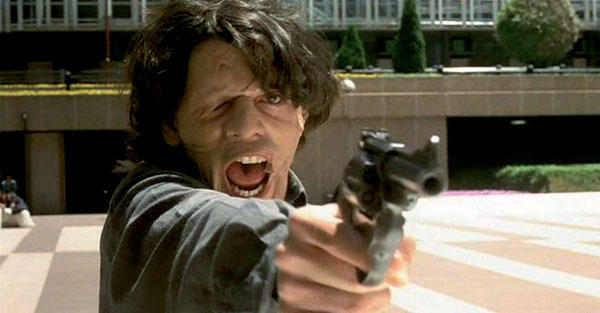
Director Alejandro Amenábar seems to offer audiences a romantic thriller. After a party, César (Eduardo Noriega) spends the night with Sofia (Penélope Cruz), though he does not sleep with her. The next morning, César’s jealous ex-girlfriend attempts to kill him and herself, but fails. The disorienting experiences — flashbacks? dreams? madness? — that interrupt César’s recovery, however, begin to steer the movie into psychological and ultimately science fiction territory.
Follow the thread forward, then backward in the Spanish original. Placing Penélope Cruz in the path of Tom Cruise, on screen and in life, was the greatest scare of the duller, more conventional Hollywood remake, Cameron Crowe’s Vanilla Sky (2001).
5. eXistenZ (1999)
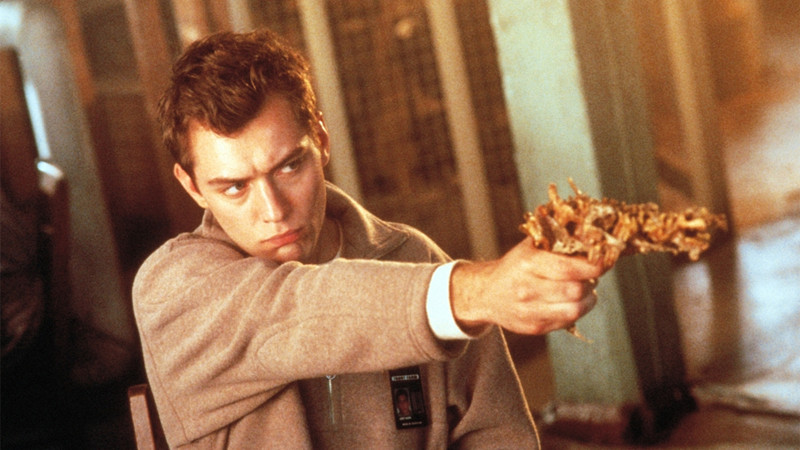
In the last year of the ‘90s, the Wachowskis’ The Matrix was the dominant sci-fi, action thriller at the box office. Audiences tripped out on its world-within-a-world structure and sleek, cyberpunk visuals. But David Cronenberg’s sci-fi thriller of the same year is more complex, more prescient, and more gloriously icky.
Here, people voluntarily leave behind the everyday world to become characters and play out adventures in the virtual realities of the latest gaming consoles, biologically engineered pods that plug directly into the users’ spines. Ted Pikul (Jude law) reluctantly enters the newest game to assist its creator, Allegra Geller (Jennifer Jason Leigh), as she flees assassins sent by a Luddite group. Quivering pods, the sweatshop where workers harvest the organs of mutated amphibians to build them, and a gun made of animal tissue that fires teeth challenge the viewers’ stomachs, while their minds try to determine which, if any of the story’s layers can be trusted as genuine “reality.” Ponder your own relationship to the real and the virtual after seeing eXistenZ and before losing yourself in the next video game, streaming series, or social network phenomenon.